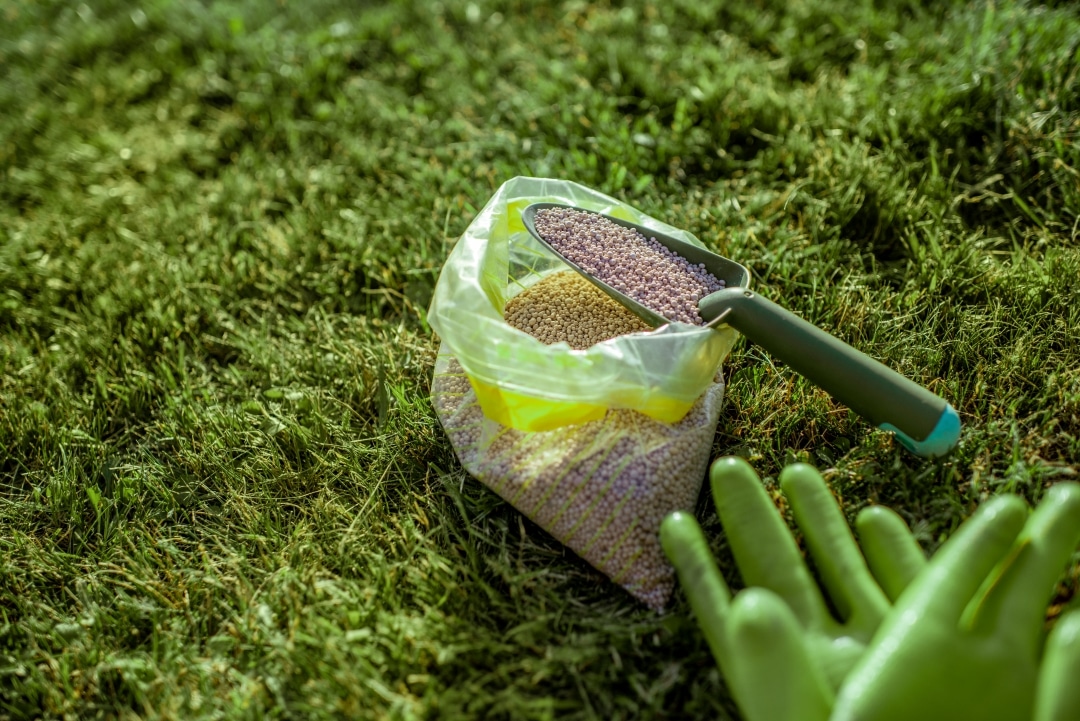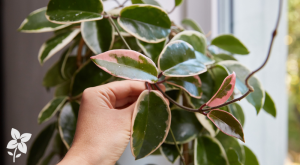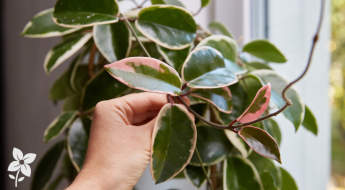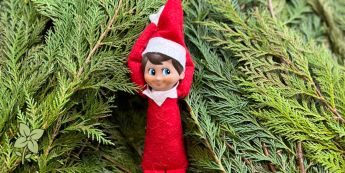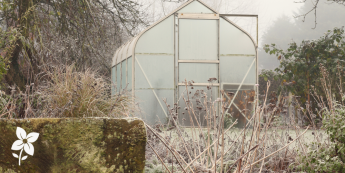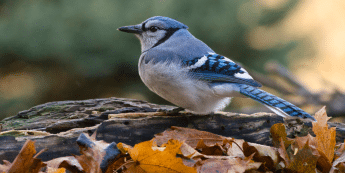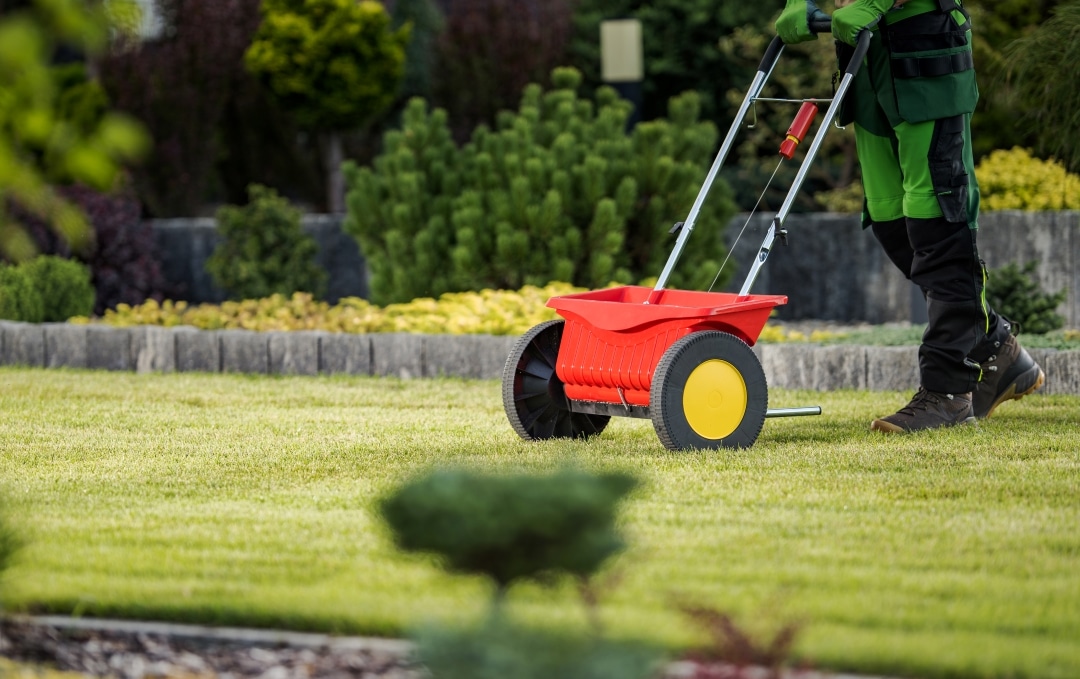
For the spaces in your yard that aren’t overflowing with flowers, or vegetables you can enjoy at the dinner table, there is always the joy of a lush, vibrant lawn. Though we are advocates for a functional garden, there’s something profoundly satisfying about stepping onto a thick, green carpet of grass, isn’t there? If your lawn is looking a bit tired or patchy, fear not—top dressing and overseeding are your secret weapons to rejuvenate your grass and keep it looking its best. Let’s dive into the process and make your lawn the envy of the neighborhood.
Step 1: Assess and Prepare Your Lawn
Before you start, take a good look at your lawn. Are there bare patches? Does the grass look thin and sparse? Maybe you’ve noticed that the soil is compacted or thatch has built up over time. These are all signs that your lawn could benefit from a little TLC.
Preparation is Key
- Mow Your Lawn: Start by mowing your lawn to a shorter height than usual. This makes it easier to apply the top dressing and ensures that the new seed has direct contact with the soil. Mow it down to about 2 inches, but don’t scalp it!
- Rake Thoroughly: Use a sturdy rake to remove debris, leaves, and thatch. If your lawn has more than half an inch of thatch, consider dethatching. This step allows air, water, and nutrients to reach the soil. Remember, a clean lawn is a happy lawn.
- Aerate: For compacted soil, aeration is crucial. You can rent an aerator or use a manual tool. Aerating creates small holes in the soil, allowing better water and nutrient absorption. Think of it as giving your lawn a deep breath.
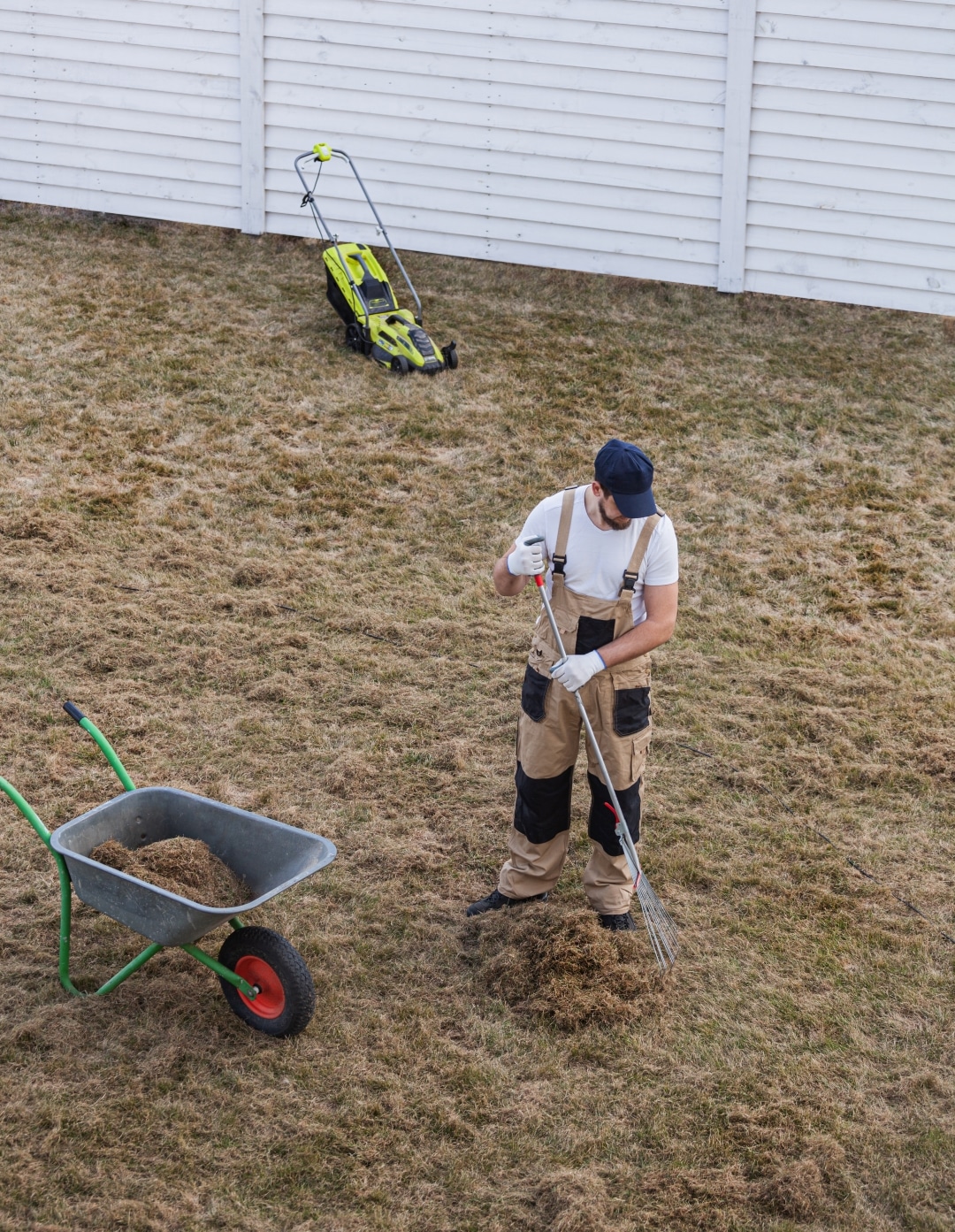
Step 2: Choose Your Top Dressing Material
Top dressing involves spreading a thin layer of organic material over your lawn. In Alberta, with its typically heavy clay soils, a mix that improves drainage and adds nutrients is ideal.
Compost: Rich in nutrients, great for all soil types, especially beneficial in improving soil structure in our heavy clay soils. Plus, it’s like a vitamin boost for your grass.
Loam: A balanced mix of sand, silt, and clay, perfect for improving soil structure.
Sand-soil mix: Ideal for heavy clay soils to improve drainage.
Step 3: Apply the Top Dressing
Now that your lawn is prepped, it’s time to apply the top dressing. This step can seem daunting, but it’s quite straightforward.
Spread Evenly
- Distribute the Material: Using a shovel, spread the top dressing material evenly across your lawn. Aim for a depth of about ¼ to ½ inch. Don’t worry about being perfect—nature isn’t!
- Work It In: Use the back of a rake to work the material into the grass and soil. The goal is to fill in low spots and ensure good soil-to-seed contact without burying the existing grass completely. Think of it as giving your lawn a cozy blanket.
Step 4: Overseed Your Lawn
Overseeding introduces new grass varieties that can improve your lawn’s resilience and appearance. In Alberta’s Zone 3, it’s important to choose grass varieties that are hardy and can withstand our cold winters and shorter growing season. Look for blends that include:
Kentucky Bluegrass: Known for its cold tolerance and vibrant color.
Fescues (Fine and Tall): Excellent for their drought tolerance and ability to thrive in various soil types.
Perennial Ryegrass: Quick to germinate and establish, providing a fast green-up.
Seeding Technique
- Spread the Seed: Use a broadcast spreader for even distribution. Make sure to follow the recommended seeding rate on the package (Alberta Agriculture and Forestry).
- Rake Lightly: Gently rake the lawn again to ensure the seeds make contact with the soil and top dressing material. You don’t need to bury them; just give them a good hug into the soil.
- Water Thoroughly: Water the lawn immediately after overseeding. Keep the soil consistently moist until the new grass is well-established. This might mean watering lightly several times a day for the first couple of weeks.

Step 5: Maintain and Monitor
Your lawn’s revival doesn’t end with seeding. Proper maintenance is crucial in the coming weeks.
Keep an Eye On It
- Water Regularly: After the initial period, reduce watering frequency but increase the amount of water per session to encourage deep root growth. Deep roots make for a strong lawn.
- Fertilize Wisely: About six weeks after overseeding, apply a balanced, slow-release fertilizer to give your new grass the nutrients it needs. Think of it as a hearty breakfast for your grass.
- Mow with Care: Avoid mowing until the new grass is about 3 inches tall. When you do mow, use a sharp blade and avoid cutting more than one-third of the grass height at a time.
By following these steps, you’ll breathe new life into your lawn, making it healthier and more resilient, perfectly suited for our Alberta climate. Happy gardening, and may your lawn thrive and shine!
